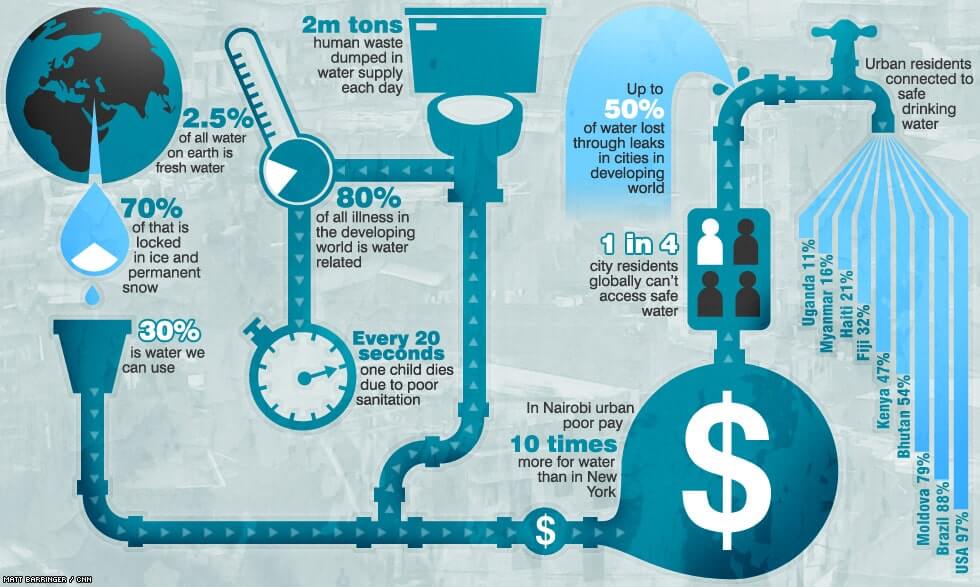The Ultimate Guide To Recognizing Warmth Pumps - How Do They Function?
The Ultimate Guide To Recognizing Warmth Pumps - How Do They Function?
Blog Article
Personnel Author-Junker Dickson
The best heatpump can save you considerable quantities of money on energy bills. They can additionally help in reducing greenhouse gas exhausts, particularly if you make use of power in place of nonrenewable fuel sources like propane and heating oil or electric-resistance heaters.
Heatpump function quite the like ac unit do. This makes them a sensible choice to standard electrical home heater.
How They Function
Heat pumps cool down homes in the summertime and, with a little aid from electrical energy or natural gas, they supply several of your home's heating in the wintertime. They're a great option for people that intend to decrease their use of fossil fuels however aren't ready to replace their existing furnace and air conditioning system.
They rely upon the physical fact that even in air that seems as well chilly, there's still energy existing: cozy air is always moving, and it wishes to move right into cooler, lower-pressure environments like your home.
Most power celebrity accredited heat pumps run at near their heating or cooling capability throughout the majority of the year, lessening on/off biking and saving energy. For the best performance, concentrate on systems with a high SEER and HSPF ranking.
The Compressor
The heart of the heat pump is the compressor, which is additionally referred to as an air compressor. heat pump specialist christchurch flowing device makes use of potential power from power production to raise the stress of a gas by decreasing its quantity. It is various from a pump in that it only works on gases and can't deal with liquids, as pumps do.
Climatic air enters the compressor via an inlet shutoff. It circumnavigates vane-mounted arms with self-adjusting size that divide the inside of the compressor, producing several cavities of varying size. The blades's spin forces these cavities to move in and out of stage with each other, compressing the air.
The compressor pulls in the low-temperature, high-pressure refrigerant vapor from the evaporator and presses it right into the warm, pressurized state of a gas. This procedure is duplicated as required to supply heating or cooling as needed. The compressor likewise has a desuperheater coil that reuses the waste warm and includes superheat to the cooling agent, changing it from its fluid to vapor state.
The Evaporator
The evaporator in heatpump does the very same thing as it does in fridges and ac unit, changing fluid refrigerant into a gaseous vapor that removes warmth from the area. Heat pump systems would certainly not work without this vital piece of equipment.
This part of the system lies inside your home or building in an interior air trainer, which can be either a ducted or ductless system. It includes an evaporator coil and the compressor that presses the low-pressure vapor from the evaporator to high pressure gas.
Heat pumps absorb ambient warmth from the air, and after that make use of electrical power to transfer that warmth to a home or organization in home heating mode. That makes them a lot a lot more power effective than electric heaters or heating systems, and due to the fact that they're making use of tidy electricity from the grid (and not melting gas), they likewise generate much fewer emissions. That's why heatpump are such terrific ecological options. (As well as a huge reason they're coming to be so preferred.).
The Thermostat.
Heat pumps are fantastic choices for homes in chilly environments, and you can use them in combination with traditional duct-based systems and even go ductless. ceiling heat pump systems 're a great different to nonrenewable fuel source heating systems or typical electrical heaters, and they're more sustainable than oil, gas or nuclear heating and cooling equipment.
Your thermostat is one of the most crucial component of your heatpump system, and it functions very in a different way than a standard thermostat. All mechanical thermostats (all non-electronic ones) work by using compounds that transform size with boosting temperature level, like curled bimetallic strips or the increasing wax in an automobile radiator valve.
These strips include two various kinds of steel, and they're bolted together to form a bridge that completes an electric circuit linked to your HVAC system. As the strip gets warmer, one side of the bridge broadens faster than the other, which creates it to bend and indicate that the heater is needed. When the heat pump is in home heating setting, the reversing valve reverses the flow of refrigerant, to make sure that the outdoors coil currently operates as an evaporator and the indoor cylinder comes to be a condenser.